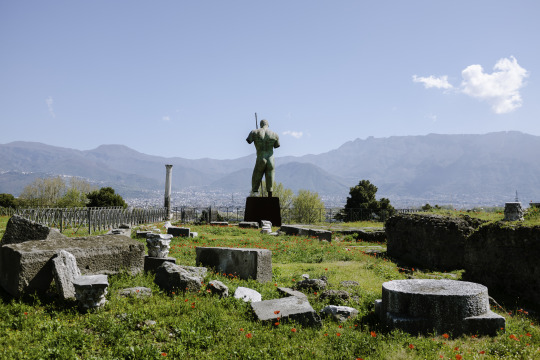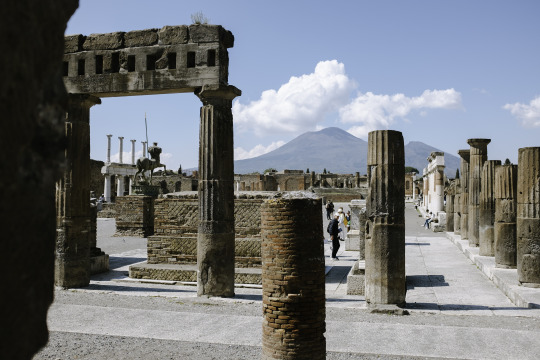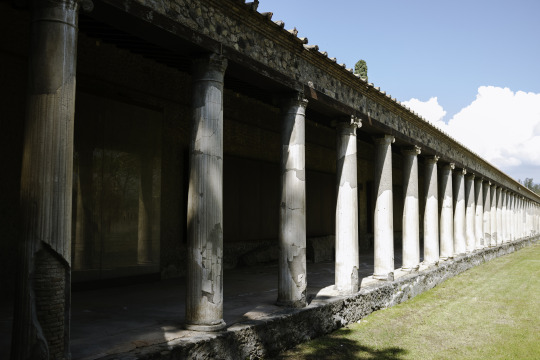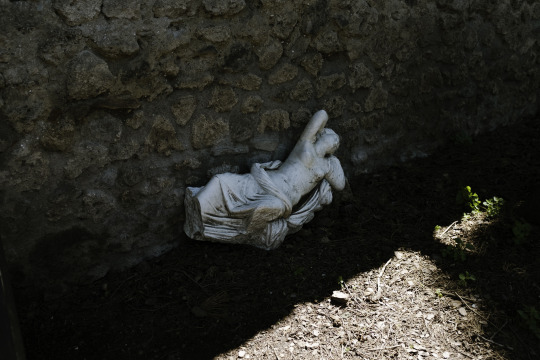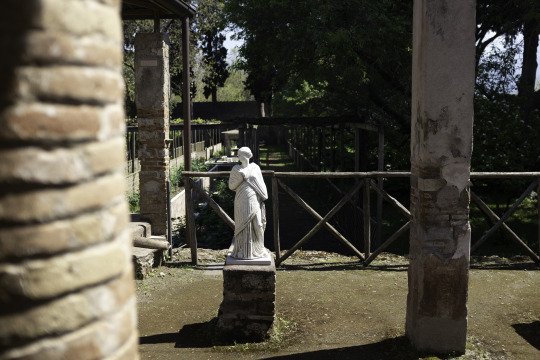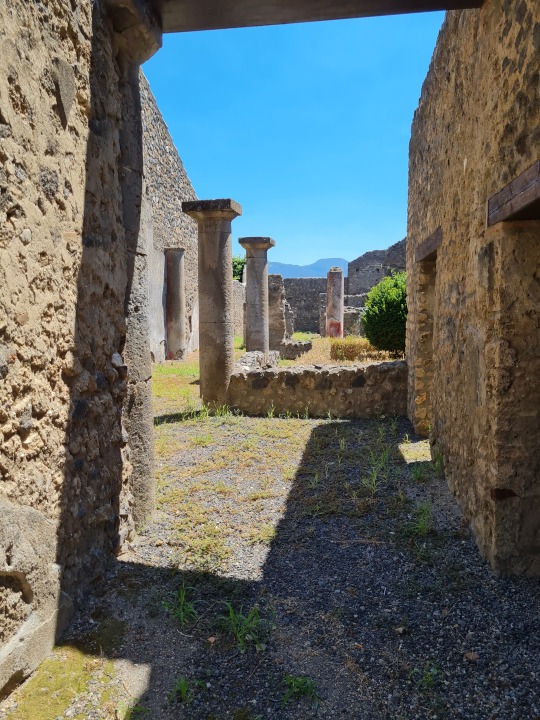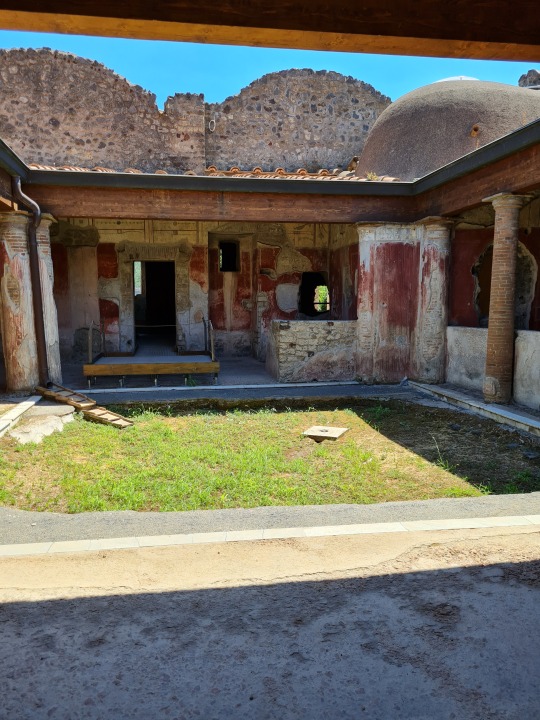Text

2,000 Years Ago, Pompeiians Dined Amid the Splendor of These Newly Excavated Frescoes
211 notes
·
View notes
Text

Dancers from the walls of the Etruscan Tomb of the Triclinium, Tarquinia, central Italy. c. 470 BCE.
80 notes
·
View notes
Photo
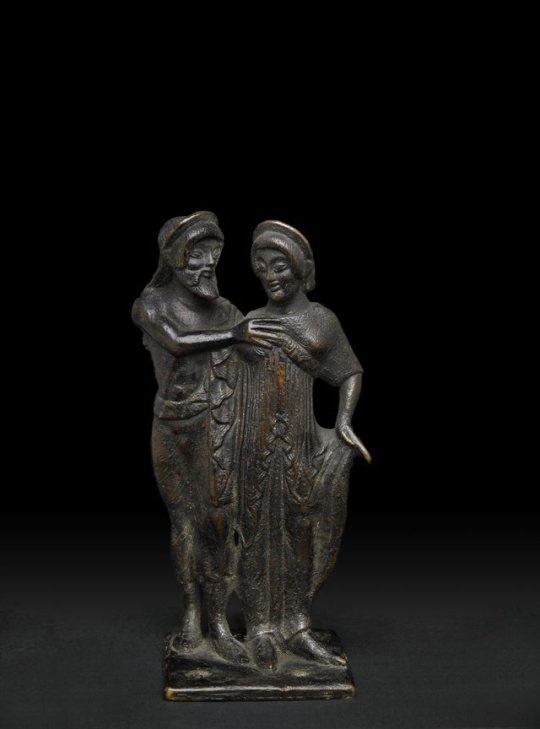
~ Bronze votive group of a man embracing a woman.
Culture/Period: Etruscan
Date: 500-475 B.C.
Place of origin: Vulci (?), Italy
Medium: Bronze
314 notes
·
View notes
Text
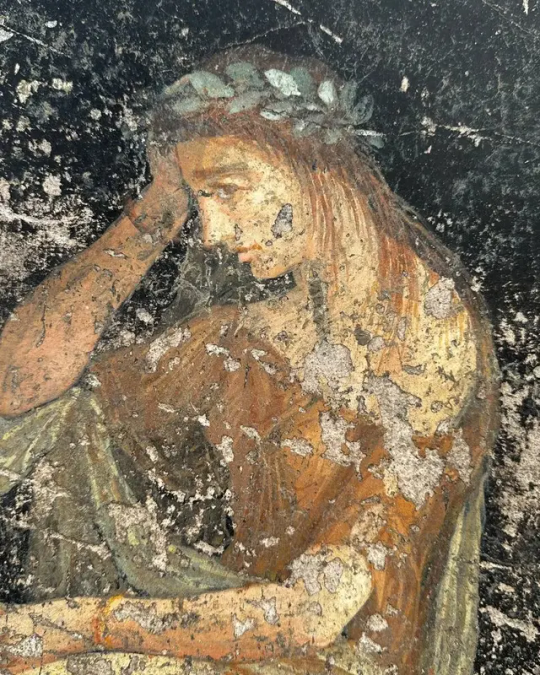
Cassandra
Credit…Parco Archeologico di Pompei
611 notes
·
View notes
Text

of course you as a caelian hill would have an arch of dolabella (filius) embedded in you
54 notes
·
View notes
Text
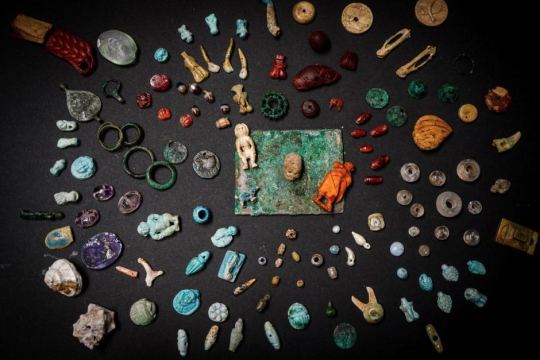
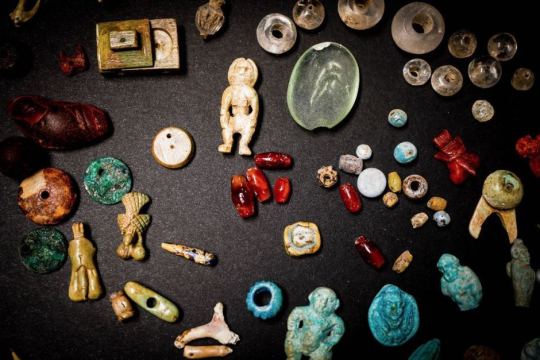

Esoteric arts: Archaeologists at Pompeii in Italy have found what they believe is a female sorcerer’s box of objects. The magnificent little miniature amulets, gems, and other items were found in the remains of a wooden box at Casa del Giardino, and were most likely used for personal ornamentation or protection from evil forces and bad luck. Among the objects found were crystals, buttons made of bones, phallic amulets, and a glass bead engraved with the head of Dionysus.
500 notes
·
View notes
Text

Roman relief fragment depicting the goddess Diana, 2nd century.
State Hermitage, Saint Petersburg.
463 notes
·
View notes
Text

Seated Bacchus. Roman relief, 1st century AD
460 notes
·
View notes
Text
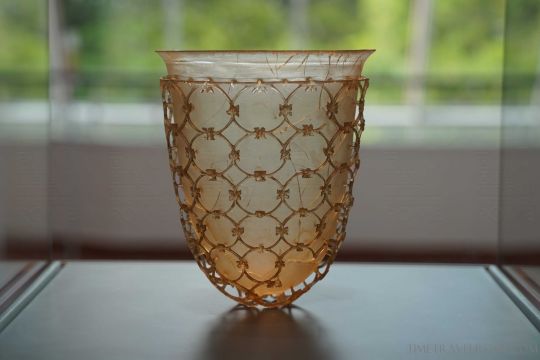
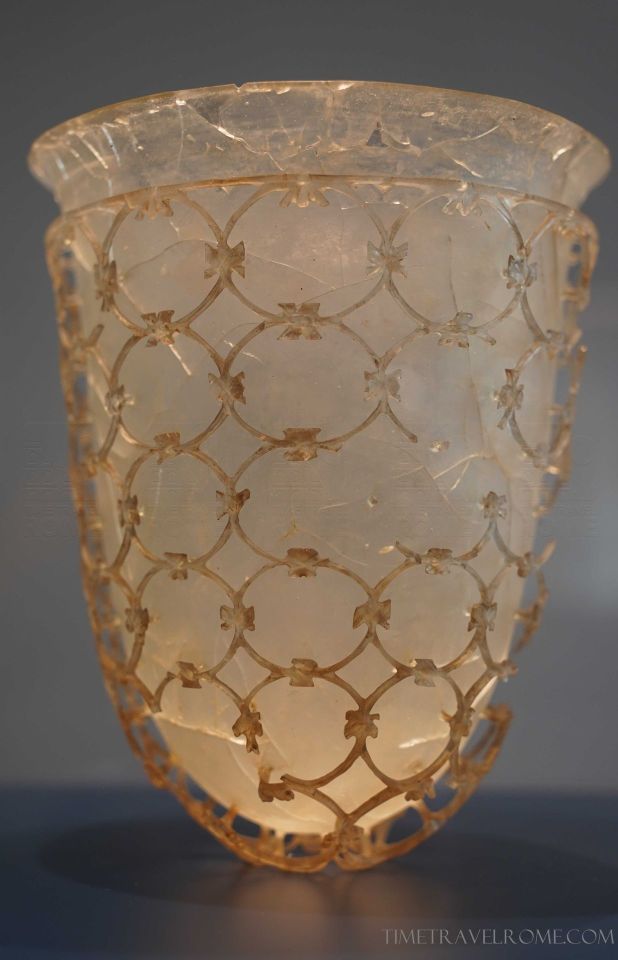
"Cage cup", or a diatretum – a luxury late Roman glass vessel, found from roughly the 4th century. Today, some 60 fragmentary diatreta are known today, 19 of which are almost complete. This piece, was found in 1950 in the sarcophagus in Niederemmel, near Trier, Germany.
Diatreta consist of an inner beaker and an outer cage that stands out from the body of the cup, to which it is attached by short stems. This exemplar is part of the Trier Landesmuseum permanent collection.
The manufacturing technique must have been laborious, but it's still a mystery: either the inner beaker and the cage were made separately and heat-soldered, or the whole assembly was chiselled from a single block of glass.
The majority of finds of diatreta are from Roman sites along the Rhine, suggesting that they were produced in the area, perhaps at Trier. This was the largest city of Roman Germany and the main residence of Constantine I for many years, coinciding with the period when the cups seem to have been made.
Photos and text by Time Travel Rome
750 notes
·
View notes
Photo
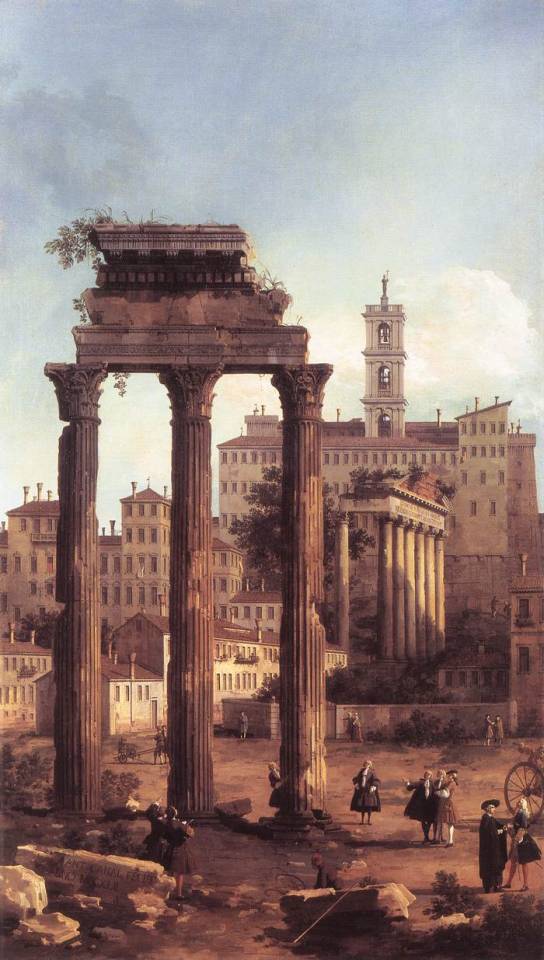
Rome: Ruins of the Forum, Looking towards the Capitol, 1742, Canaletto
Medium: oil,canvas
573 notes
·
View notes
Text

Unknown, The Goddess Diana
Wall painting, Pompeii
812 notes
·
View notes
Text
"Researchers found microplastics in soil deposits more than seven meters (23 feet) underground, which were deposited in the first or second century CE and excavated in the 1980s, a team led by researchers from the University of York in the United Kingdom said in a statement published Friday.
In total, the study identified 16 different microplastic polymer types in contemporary and archived soil samples, the statement adds.
[...]
“This feels like an important moment, confirming what we should have expected: that what were previously thought to be pristine archaeological deposits, ripe for investigation, are in fact contaminated with plastics, and that this includes deposits sampled and stored in the late 1980s,” John Schofield, a professor and director of studies in the University of York’s Department of Archaeology, said in the statement."
[...]
“Our best-preserved remains—for example, the Viking finds at Coppergate (in the city of York)— were in a consistent anaerobic waterlogged environment for over 1000 years, which preserved organic materials incredibly well,” he said in the statement.
“The presence of microplastics can and will change the chemistry of the soil, potentially introducing elements which will cause the organic remains to decay. If that is the case, preserving archaeology in situ may no longer be appropriate.”
2K notes
·
View notes
Photo
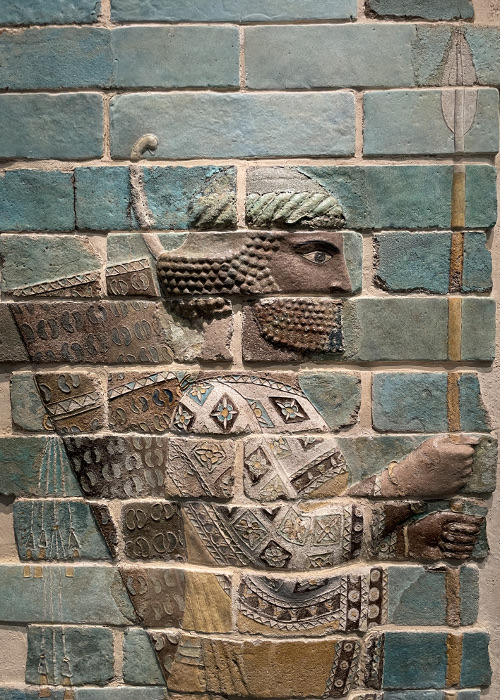
Glazed bricks depicting a Persian archer, dating back to around 510 BCE, from the city of Susa in the Achaemenid Empire. This glazed brick bas-relief style was perfected in Babylon, and even the Foundation Charter of the Susa palace states that the baked bricks at the palace were the work of the Babylonians. Louvre Abu Dhabi, Abu Dhabi, UAE.
Photo by Babylon Chronicle
841 notes
·
View notes
